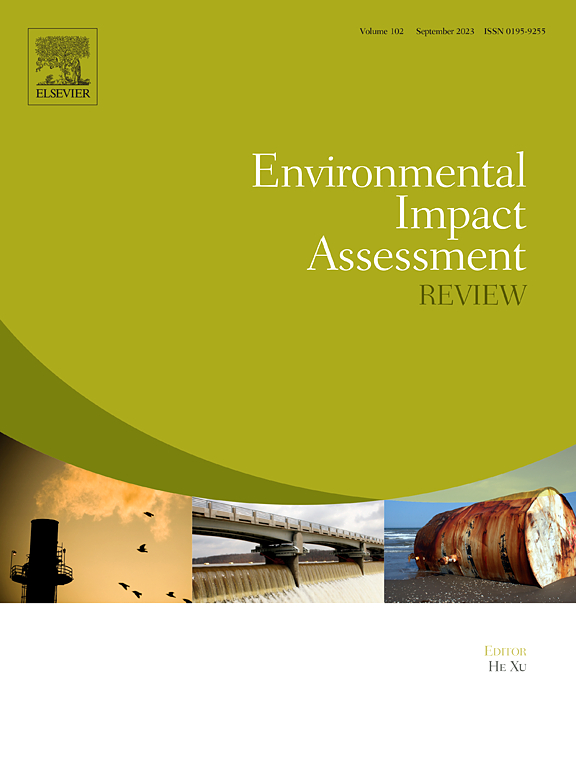欧盟碳边界调整机制的实施与中国的政策和法律对策
IF 9.8
1区 社会学
Q1 ENVIRONMENTAL STUDIES
引用次数: 0
摘要
作为全球主要的原材料生产国和出口国,中国在短期内可能不会受到欧盟碳边境调整机制实施的重大影响。但是,随着其他发达经济体的跟进和不断扩大该机制的行业覆盖范围,可能会对发展中国家相关产品的出口产生广泛而深远的影响。在全球向绿色低碳转型的大背景下,中国必须通过强化政策和法律框架,加快推进绿色低碳行动,从而有效应对CBAM。这就需要解决供应链系统碳足迹综合监管难题、碳定价等政策机制不完善、法律体系和标准不健全、政策执行和协调面临挑战等问题。针对这些问题,本文提出了加强碳排放管理制度建设、逐步扩大中国碳排放权交易范围、促进数据透明化等建议。同时,应加强低碳成本内部化的立法和制度安排,促进各行业的低碳发展,制定具体的低碳目标和生产经营要求。本文章由计算机程序翻译,如有差异,请以英文原文为准。
Implementation of the EU carbon border adjustment mechanism and China's policy and legal responses
As a major global manufacturer and exporter of raw materials, China may not be significantly affected by the implementation of the EU Carbon Border Adjustment Mechanism (CBAM) in the short term. However, as other developed economies follow and continuously expand the mechanism coverage of industries, it may have widespread and far-reaching implications for exports of related products from developing countries. In light of the global shift towards green and low-carbon transformation, China must effectively address the CBAM by speeding up the promotion of green and low-carbon initiatives through enhanced policies and legal frameworks. This requires addressing issues such as comprehensive supervision challenges in the carbon footprint of supply chain systems, incomplete policy mechanisms such as carbon pricing, inadequate legal systems and standards, and challenges in policy enforcement and coordination. To address these issues, this paper proposes enhancing carbon emission management systems, gradually expanding the scope of China's carbon emission trading, and promoting data transparency. Legislation and institutional arrangements for internalizing low-carbon costs should also be strengthened, to promote low-carbon development in all industries, setting specific low-carbon targets and requirements for production and operations.
求助全文
通过发布文献求助,成功后即可免费获取论文全文。
去求助
来源期刊

Environmental Impact Assessment Review
ENVIRONMENTAL STUDIES-
CiteScore
12.60
自引率
10.10%
发文量
200
审稿时长
33 days
期刊介绍:
Environmental Impact Assessment Review is an interdisciplinary journal that serves a global audience of practitioners, policymakers, and academics involved in assessing the environmental impact of policies, projects, processes, and products. The journal focuses on innovative theory and practice in environmental impact assessment (EIA). Papers are expected to present innovative ideas, be topical, and coherent. The journal emphasizes concepts, methods, techniques, approaches, and systems related to EIA theory and practice.
 求助内容:
求助内容: 应助结果提醒方式:
应助结果提醒方式:


